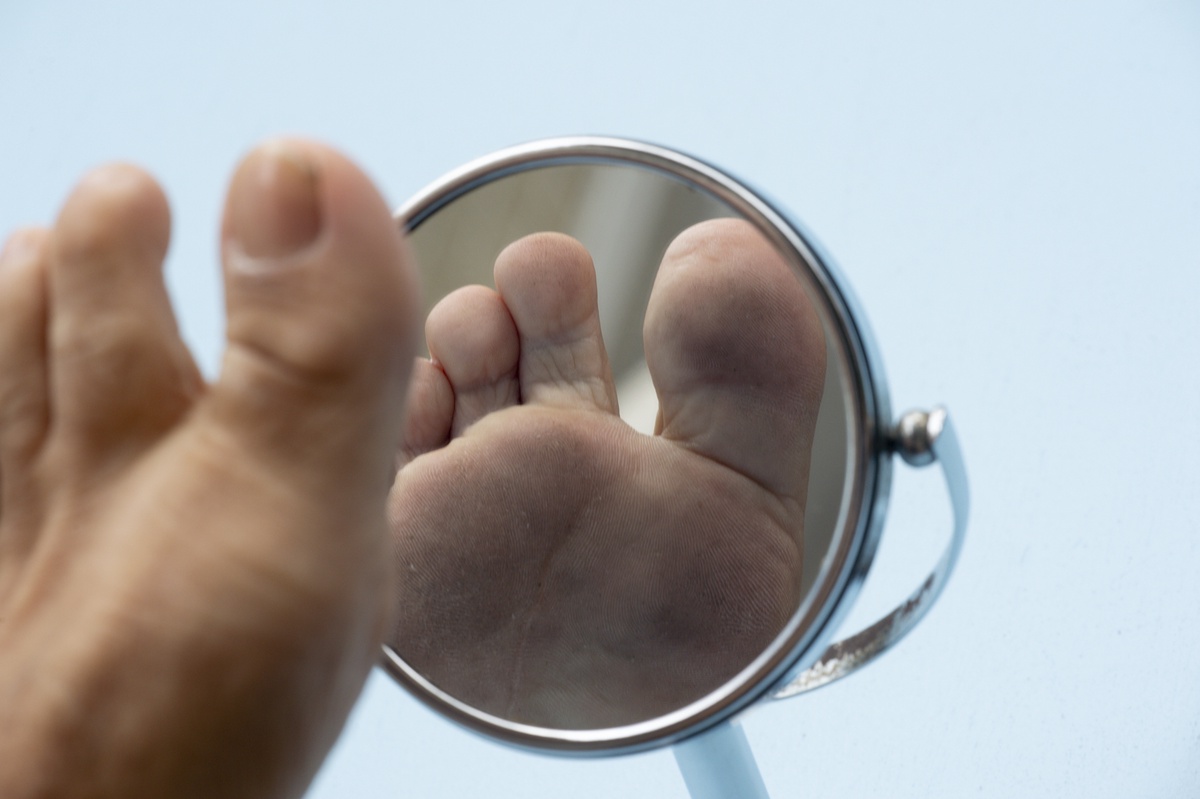Introduction:
One of its often overlooked complications is diabetic foot problems. Individuals with diabetes are prone to nerve damage and poor blood circulation, making their feet vulnerable to various issues. However, with proper care and attention, these problems can be prevented or managed effectively. This article outlines the best practices for Diabetic Foot Care in Dubai, aiming to help individuals maintain healthy feet and an improved quality of life.
1. Regular Foot Inspection:
One of the fundamental steps in diabetic foot care is a regular foot inspection. Individuals should examine their feet daily for any signs of redness, blisters, cuts, swelling, or changes in skin temperature. Since diabetes can lead to reduced sensation in the feet, catching these issues early can prevent more serious complications.
2. Proper Foot Hygiene:
Avoid soaking your feet for long periods, as it can lead to dry skin. After washing, gently pat your feet dry, especially between the toes, and apply a moisturizer to prevent cracked skin.
3. Nail Care:
If you have difficulty reaching your feet or have vision problems, seek professional help from a podiatrist for nail trimming to avoid accidental injuries.
4. Comfortable and Appropriate Footwear:
Wearing comfortable and well-fitting shoes is essential for diabetic foot care. Shoes should provide ample room for your toes and avoid pressure points. Opt for shoes made of breathable materials and ensure they have cushioning and proper arch support. Avoid wearing shoes with open toes or thin soles that can expose your feet to potential injuries.
5. Avoid Going Barefoot:
Walking barefoot, even indoors, can increase the risk of injuries, cuts, and infections. Always wear socks and shoes to protect your feet from potential hazards, such as sharp objects or hot surfaces.
6. Control Blood Sugar Levels:
Maintaining stable blood sugar levels is not only crucial for overall health but also for preventing diabetic foot complications. High blood sugar can impair blood circulation and nerve function, increasing the risk of foot problems. Follow your healthcare provider's recommendations for managing your diabetes effectively.
7. Regular Physical Activity:
Engaging in regular physical activity helps improve blood circulation and keeps your feet healthy. Consult your healthcare provider before starting any exercise regimen, and choose activities that suit your physical condition.
8. Avoid Smoking:
Smoking reduces blood flow to the extremities, including the feet, which can exacerbate diabetic foot problems. Quitting smoking can significantly improve your foot health and overall well-being.
9. Diabetic Foot Exams:
Regular diabetic foot exams conducted by a healthcare professional, ideally a podiatrist, are crucial for early detection of any potential issues. These exams assess nerve function, blood circulation, and the overall health of your feet.
10. Promptly Address Any Foot Issues:
If you notice any changes, such as cuts, blisters, or infections, on your feet, it's crucial to seek medical attention promptly. Even minor issues can escalate quickly in individuals with diabetes, so early intervention is key to preventing complications.
Conclusion:
Diabetic foot care is a vital aspect of managing diabetes and maintaining a good quality of life. By incorporating these best practices into your daily routine, you can significantly reduce the risk of foot problems and ensure your feet remain healthy and functional. Remember that consistent self-care, regular medical check-ups, and adopting a proactive approach are the cornerstones of effective diabetic foot care.


No comments yet